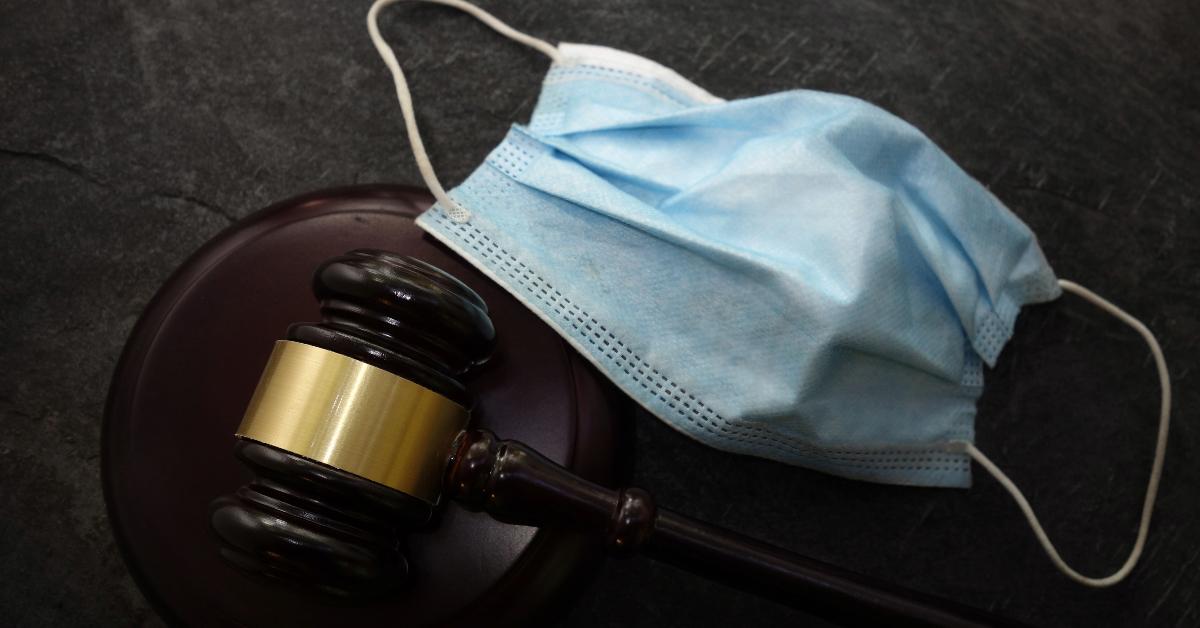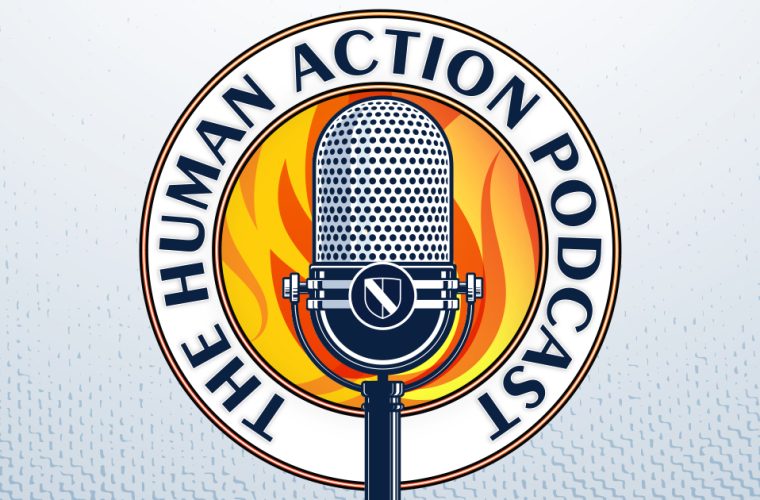
The Unwelcome Return of Covid Restrictions and Lockdowns
Covid restrictions are back. Almost a year after President Joe Biden said “the pandemic is over,” several hospitals, businesses, and universities have reinstated mask mandates and social distancing requirements. Meanwhile, nearly sixty universities have announced that students must take a covid vaccine to attend for the fall 2023 semester.
Although these restrictions are still limited to only a handful of organizations, their implementation demonstrates that the destructive public health dogmas responsible for the devastation of the last three years are still with us. The American people must stop tolerating these ruinous policies and the totalitarian paradigm underlying them.
The current dominant SARS-CoV-2 variant is a subvariant of Omicron called EG.5. Informally, it’s been nicknamed Eris after the Greek goddess of strife. The strain was first identified back in February 2023. It overtook the previous dominant variant at the beginning of August. The symptoms of the Eris variant are those of a cold—a runny nose and a sore throat. There is no evidence that Eris is more contagious or severe than the previous dominant variant.
Another Omicron variant called BA.2.86, nicknamed Pirola, has also been detected, but the few confirmed cases have also been very mild.
In recent weeks, an uptick in covid has been detected in wastewater, indicating a rise in cases. The trend is the familiar “summer wave” in viral spread seen as people move indoors to escape the late-summer heat. Still, the case numbers are extremely low, and the virus has the severity of a cold.
And yet some institutions have reinstated restrictions on their customers and workers in response to Eris. On August 17, two New York hospitals reimposed mandatory face masking and covid testing. Then, on August 20, Morris Brown College in Atlanta reinstated its mask mandate and banned large gatherings. The school also reimplemented contact tracing, symptom monitoring, and general social distancing requirements. The next day, the movie studio Lionsgate instituted a mask mandate for its offices. Two days later, a San Francisco medical center followed suit.
Meanwhile, the Biden administration publicly urged people to get fall booster shots last Monday. Then, last Friday, the president said he was requesting funds for a new covid vaccine that he anticipates will be recommended to everyone. And, as of August 26, fifty-eight universities have notified their students that they are required to take the covid vaccine to attend classes this fall semester.
These developments are disturbing because they indicate that the paradigm underlying the totalitarian pandemic response is still very intact. That paradigm was laid out well by both Dr. Peter McCullough and Dr. Aaron Kheriaty in their lectures at the Mises Institute’s Medical Freedom Summit this year.
Dr. McCullough traced the origin of today’s medical totalitarianism to the Public Readiness and Emergency Preparedness (PREP) Act of 2005, which militarized the protocols for fighting a pandemic. Under this new philosophy, the government would mobilize the population to fend off a pathogen as if it were a foreign invader. War, be it on people or germs, breeds totalitarianism. As Randolph Bourne wrote over a century ago, it’s during times of war that “the State becomes what in peacetimes it has vainly struggled to become—the inexorable arbiter and determinant of men’s business and attitudes and opinions.”
Dr. Kheriaty went a bit further back and identified a national public health conference in 1997 as the origin of the government’s repressive approach to fighting viruses. At the conference, a subtle shift in pandemic policy’s emphasis occurred that led public health away from viewing viruses as the enemy to be combatted and toward viewing human beings as possible vectors of disease, as a danger to be controlled. In other words, the field’s priorities switched from working to care for sick people to the top-down control of entire populations.
This new paradigm of public health led to a “new paradigm of governance,” in the words of Dr. Kheriaty, that was rolled out in early 2020. For the first time in recorded human history, which is full of plagues and pandemics, quarantines were imposed on the entire population, not just the infected or those arriving from infected areas.
An overly sedentary population with concerning levels of mental illness was forced to stay inside and isolated from their friends, coworkers, classmates, and families. And to hide their faces from strangers when forced to go out. Six trillion dollars was quickly printed to try and delay the inevitable pain that results when millions of people stop producing the goods and services we all rely on.
The health and development of millions of young Americans have been harmed in ways that will take decades to fully comprehend. All in the name of halting a virus known early on to pose little risk to the young and healthy. And the virus still moved through nearly three-quarters of the American population anyway.
And yet the new public health paradigm is clearly still with us. It just lies dormant while case numbers remain low. The last few weeks have shown that it will resurface even when officials declare a virus low risk.
The doctrine of totalitarianism is too dangerous to be tolerated again. But unlike a pathogen, all this threat requires is our refusal.



